I don't understand this paragraph about flash ADC.
A flash converter can produce a non-linear output which is an additional advantage. The voltage divider network consists of equal-value resistors which provide a proportional response. But for special applications, the value of the resistors can be changed which will give a non linear response.
How type is non-linear output? What is the meaning of first sentence? What kind of relationship is value of the resistor's change and nonlinear response? Please, give the example.
